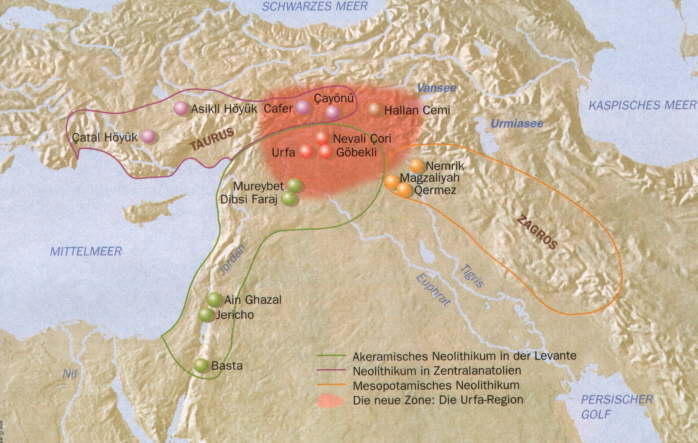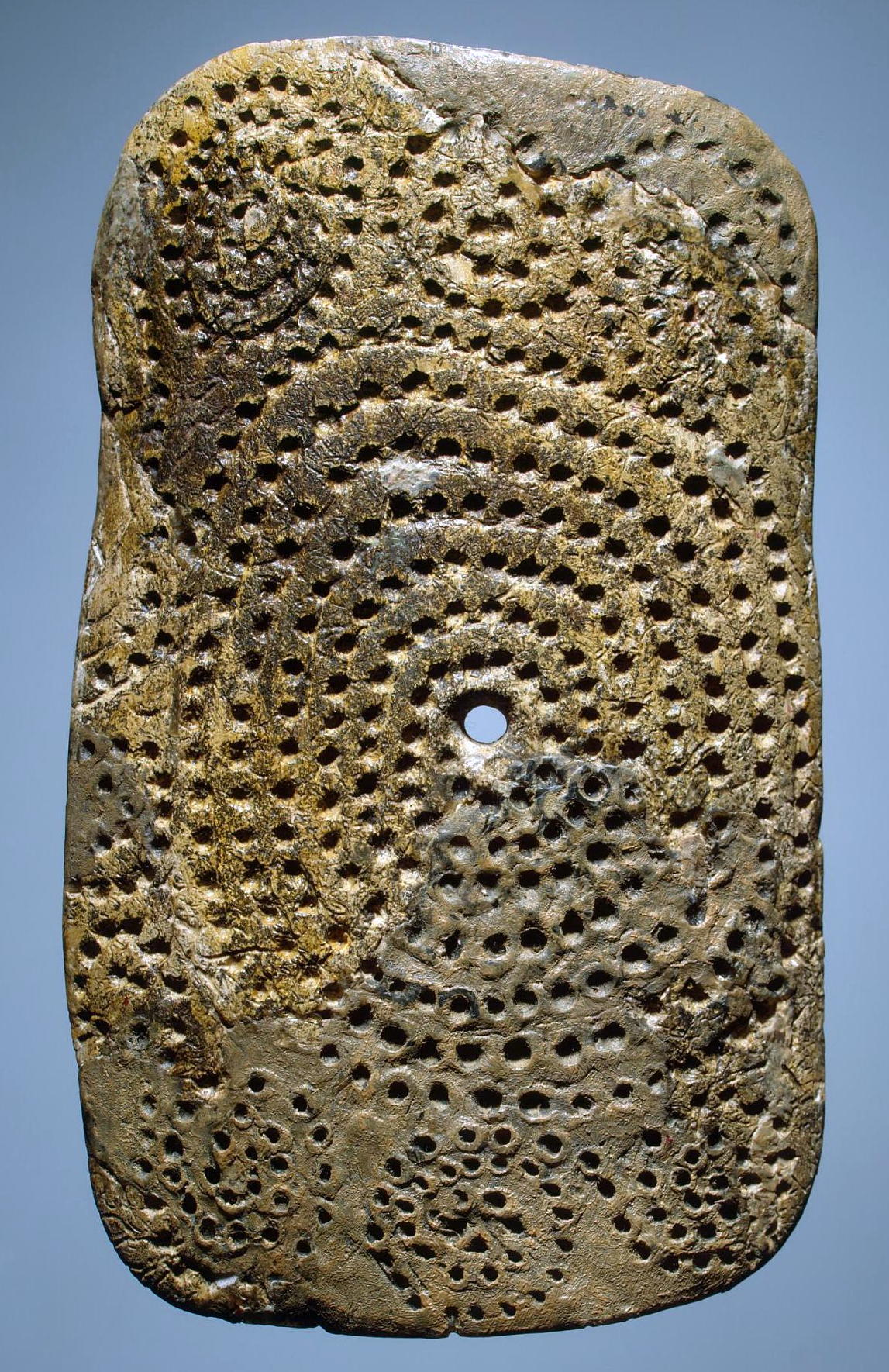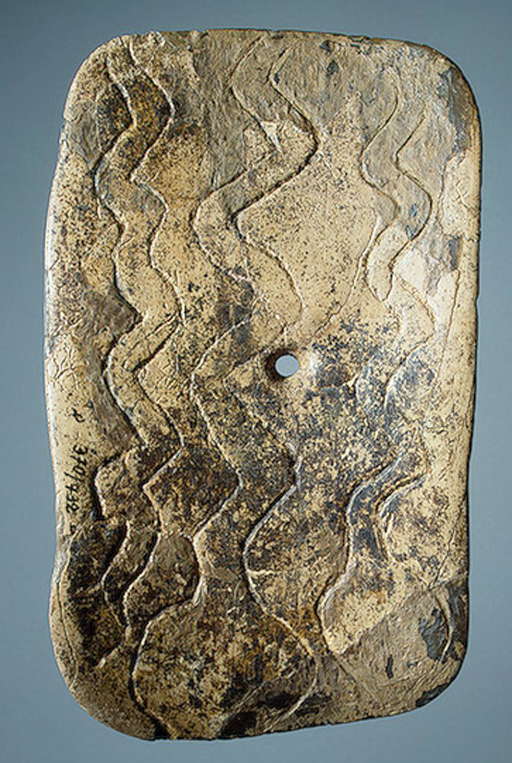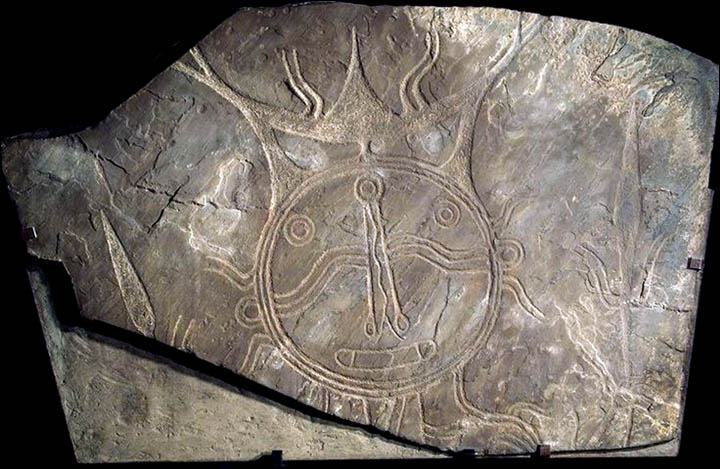firetown
Banned
- Messages
- 866
- Reaction score
- 151
- Points
- 43
The ralation between Basque and the Caucasian languages has been mentioned in Encyclopedia Britannica too: https://www.britannica.com/topic/Basque-language
It is certainly possible that some people who lived in the northwest of Iran in the ancient times, related to these people.
Isn't there the y-DNA G2a connection to begin with?
And then there is this:
As Bengtson (2008) himself notes, an ergative ending -/s/, which may be compared to the ending that has instrumental function in Basque, occurs in some Sino-Tibetan languages, and the Yeniseian language Ket has an instrumental/comitative in -/s/, -/as/, -/aɕ/. This suffix may therefore be shared among a larger group, possibly Dené–Caucasian as a whole. On the other hand, comparison of noun morphology among Dené–Caucasian families other than Basque, Burushaski and Caucasian is usually not possible: little morphology can so far be reconstructed for Proto-Sino-Tibetan at all; "Yeniseian has case marking, but it seems to have little in common with the western DC families" except for the abovementioned suffix (Bengtson 2008:footnote 182, emphasis added); and Na-Dené languages usually express case relations as prefixes on the polysynthetic verb. It can therefore not be excluded that some or all of the noun morphology presented here was present in Proto-Dené–Caucasian and lost in Sino-Tibetan, Yeniseian and Na-Dené; in this case it cannot be considered evidence for the Macro-Caucasian hypothesis. That said, as mentioned above, Basque, Caucasian and Burushaski also share words that do not occur in other families.
https://en.wikipedia.org/wiki/Dené–Caucasian_languages








